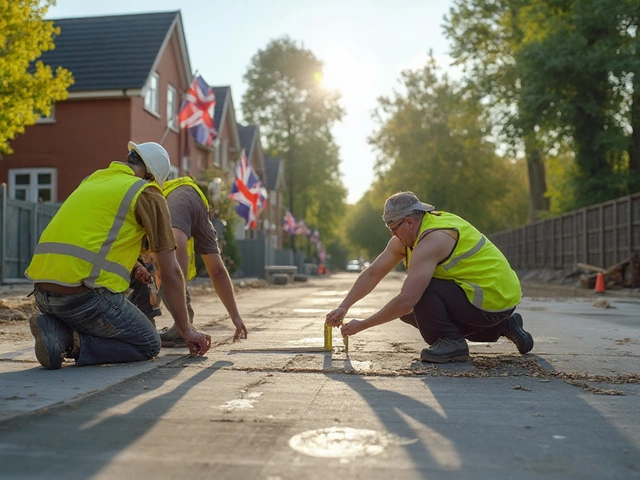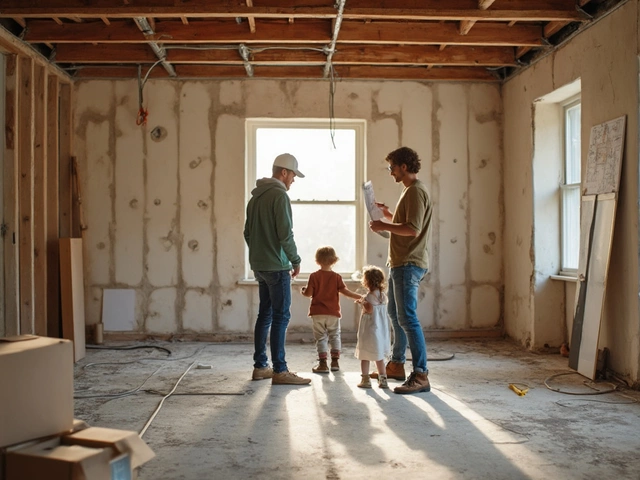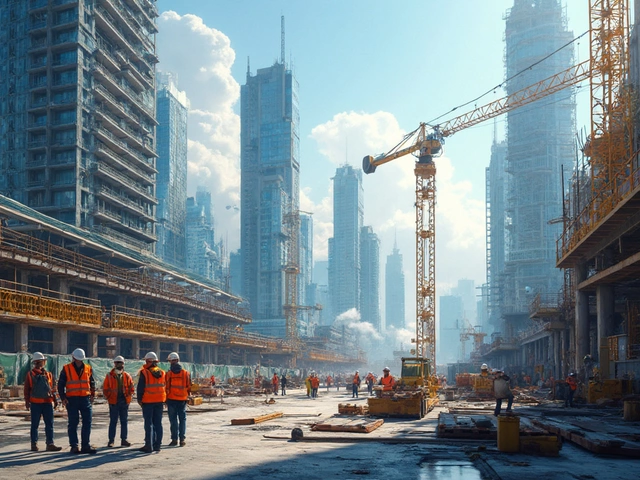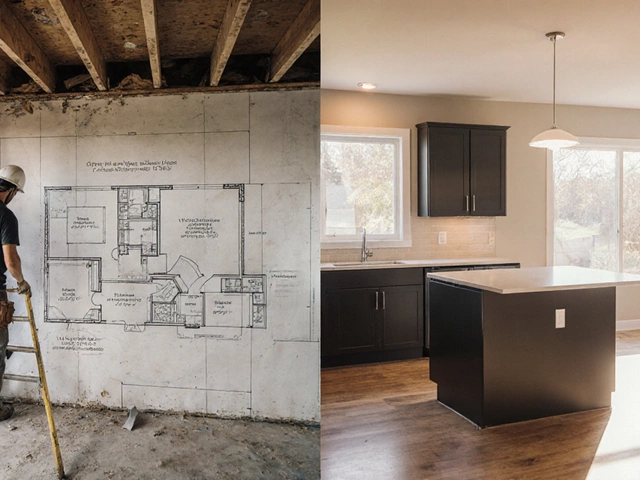New Build Companies – Choosing the Right Partner for Your Project
If you’re planning a new home, the first big decision is which builder to trust. Not every new build company works the same way, and the difference shows up in cost, speed, and how solid the house ends up. Below you’ll find practical tips that help you spot a reliable team and avoid common headaches.
One of the biggest clues about a builder’s quality is the material they use. Companies that source limestone, aggregates, and ready‑mix concrete from local quarries tend to have tighter control over delivery times and price fluctuations. When the material comes from a nearby supplier, you also cut down on transport emissions – a win for the planet and your budget.
Why Material Quality Matters
Think of a house as a puzzle. If the pieces – the bricks, the concrete, the flooring – are low grade, the whole picture can wobble. Good quality stone and cement give you a stable foundation, fewer cracks later, and better resale value. Lime Hillock Construction Material Resources, for example, offers limestone that meets British Standards and fits most residential designs. Using such material means the building crew spends less time fixing problems and more time moving forward.
Another reason to focus on material is cost predictability. When a builder has a standing agreement with a quarry, price changes are rare and you get a clear quote from the start. That transparency helps you keep the project on budget and reduces surprise invoices.
Questions to Ask a New Build Company
Before you sign a contract, fire these questions at the builder:
- Where do you get your stone, sand, and concrete?
- Can you show recent projects that used the same materials?
- What warranties do you offer on the foundation and structural work?
- How do you handle delays caused by material shortages?
- Do you work with a dedicated project manager you can contact daily?
Answers that mention local quarries, clear supply chains, and detailed warranties are a good sign. If the builder can’t name a supplier, ask why they choose to import or use off‑site sources – it often means higher risk.
Another practical check is to ask for a timeline broken down by stage: ground work, walls, roof, finishing. A realistic schedule will include buffer days for weather or delivery hiccups. Builders who promise a 10‑week finish without accounting for rain or traffic are usually over‑promising.
Don’t forget to look at the team’s experience. A company that has completed at least ten similar homes in the last two years will have learned the tricks that keep a project smooth. Ask for client references and actually call them. Real homeowners can tell you if they had to chase the builder for updates or if any hidden costs appeared.
Finally, think about aftercare. Good new build companies stand by their work, offering a post‑completion inspection and a clear process for addressing any issues that pop up in the first year. This support can save you thousands if a small crack appears later.
Choosing the right new build company isn’t just about picking the cheapest quote. It’s about matching a team that uses solid, local materials, communicates clearly, and backs up their work with real warranties. When you follow the steps above, you’ll feel confident that the house you’re building will stay strong for years to come.
Best New Build Companies in 2025: Honest Guide to Smart Choices

Deciding on the best new build company? Here's a real-talk breakdown on what matters in 2025, how to compare options, and where not to cut corners.
read more



